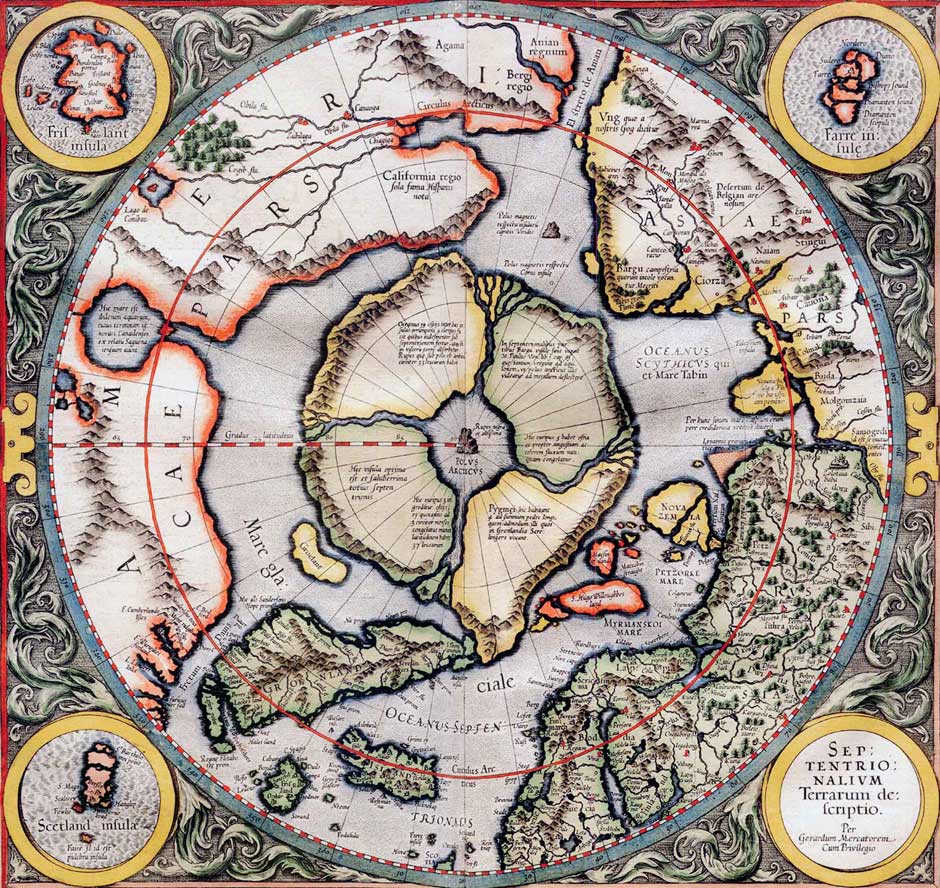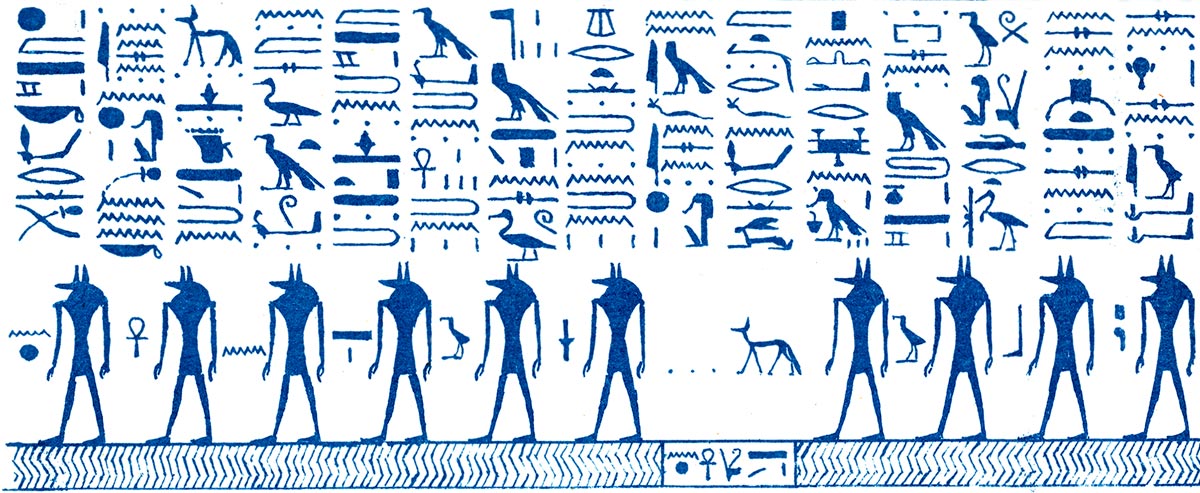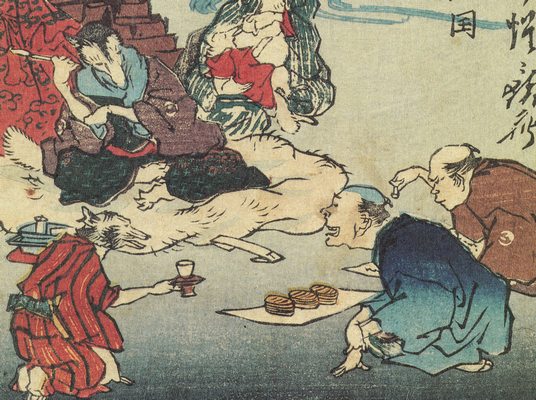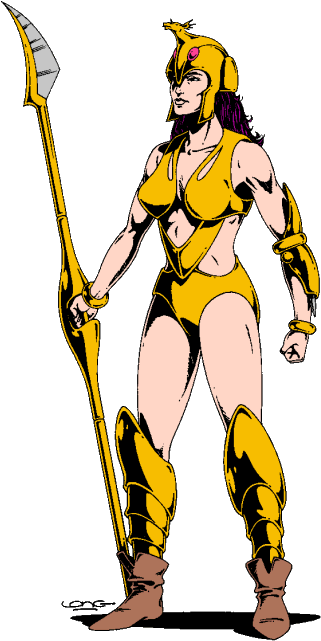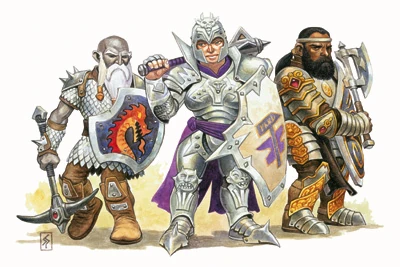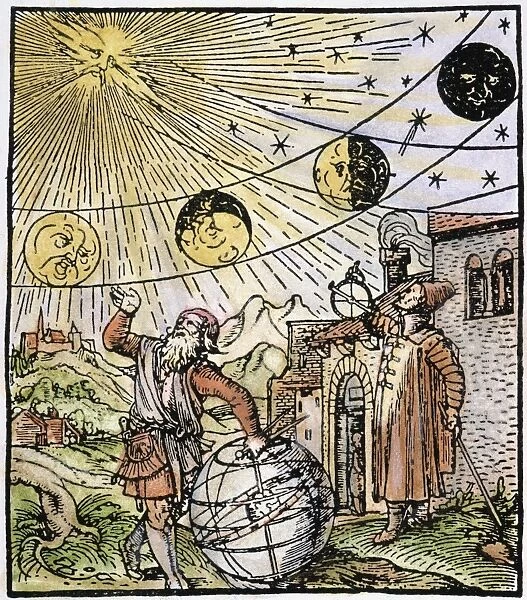A Brief Description of Otherworld, OtherSPORE's "Dreaming"
The Otherworld is a parallel world that links all the realities of the TriCosm. In the reality of GaiaSPORE it is called "Psychical Space"; while in LegacySPORE it is known as the "Astral Planes". In all cases, these are the same "dimension", shared by all three settings. This "transitive plane" (to borrow a term from Dungeons & Dragons) exists in three states: one in "resonant harmony" with physical reality, another state at a "higher resonance", and a third at a "lower resonance."The higher state is home to the benevolent, virtuous beings called eudamons; this state is known as Overworld or Celeste. The lower state is home to the malevolent, vicious beings called cacodaemons; conversely, this state is known as Underworld or Chthonia. The harmonic state is known as Middleworld or Limbo; its native residents (stereotyped as selfish and vain, though this isn't always true) are the agathodaemons. All three "planes" are visited by otherkin and mundanes alike--particularly in a dream state.
In GaiaSPORE, the divisions of Psychical Space are called Hyperspace, Paraspace, and Subspace. In LegacySPORE, the divisions of the Astral Planes are called the Higher or Upper Plane, the Parallel Plane, and the Lower Plane.In most cases, the Dreaming refers to the neutral, harmonic state of the Middleworld; while Arcadia refers to the higher vibration of the Overworld. Any unseelie holdings in the Dreaming would be the equivalent of the Underworld.
Concerning the Nature of Otherkin, OtherSPORE's "Changelings"
Tens of thousands of years ago, humankind was subject to the manipulative machinations of the Elder Things--ancient horrors from the far reaches of space and time. Eventually, a group of humans would ascend to a power that rivaled that of the Elder Things; and they used that power to overthrow and imprison their oppressors. These ascended humans were the first daemons. The daemons and the Otherworld are inexorably tied to one another: For it was the existence of an Otherworld that allows some humans to harness the powers that would make them daemons; yet it was the rise of the daemons that solidified the existence of the Otherworld.
